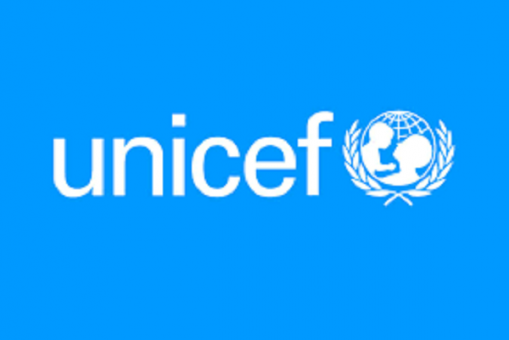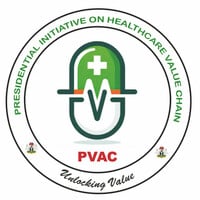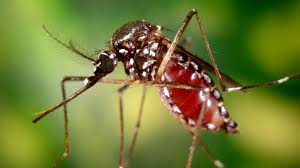Imagine 60 packed football stadiums—each one filled to the brim with children. Now imagine all of them fighting for their lives, not because of a war or a flood, but because of hunger.
This is not fiction. It’s the chilling reality that UNICEF has just revealed: 3.5 million Nigerian children are suffering from Severe Acute Malnutrition (SAM)—a condition so deadly, it can kill a child in days if untreated.
Judith Leveille, UNICEF Nigeria’s Chief of Field Operations and Emergencies, didn’t mince words when she addressed journalists in Abuja. Her message was clear: time is running out.
“We have one month and eight days to prevent the avoidable deaths of over 400,000 children,” she said, her voice firm but laced with urgency. “That’s a lot of children.”
And she’s right. That’s 400,000 little lives—boys and girls with dreams, laughter, and futures—at risk of dying not from disease, not from accidents, but from lack of food and basic medical care.
The North Feels the Worst of It
While malnutrition affects children across Nigeria, the Northeast and Northwest regions are currently bearing the brunt. States like Sokoto, Zamfara, and parts of Borno are witnessing a sharp spike in cases, worsened by conflict, poverty, and food insecurity.
“What we saw in some communities in Sokoto is not unique,” Leveille added. “It can also be seen in many other states, particularly in the North.”
That’s not all. The lean season—when food stocks are low and farming families struggle before the next harvest—is only just beginning. The worst may still be ahead.
Unfortunately, the very facilities meant to treat these children—nutritional stabilisation centres—are already overwhelmed. Some are operating far beyond their capacity, and many are close to running out of life-saving supplies.
September 1: A Deadly Deadline
UNICEF is warning that if nothing is done, stockouts of essential nutrition commodities like Ready-to-Use Therapeutic Food (RUTF) could happen as early as September 1. Without these, treating severely malnourished children becomes nearly impossible.
That means thousands of children—already weak, frail, and hanging by a thread—might not make it.
The figures are staggering, but they aren’t just numbers. These are real children. Children like Musa, Hauwa, and Chidera, who should be running around, learning their ABCs, or begging mum for another piece of meat (if lucky). Instead, they’re lying in health centres, too weak to cry.
Camilla Higgins, Director of the Nigeria INGO Forum, put it in perspective:
“You’d need to fill the national stadium in Abuja 60 times to fit the number of children suffering from severe malnutrition. Imagine that—all those small voices calling for help.”
Let that sink in.
Where Do We Go From Here?
Experts are calling for urgent funding, trained health workers, medical supplies, and political will. It’s not just about food—it’s about systems, access, and empathy.
The Ministry of Humanitarian Affairs, with support from the European Union and UNICEF, is trying to scale up interventions. But the truth is, they can’t do it alone.
Whether it’s government agencies, NGOs, faith-based organisations, or local community leaders—everyone has a role to play. After all, in Nigeria, we say “na small-small beans dey full the pot.” Every effort counts.
In a country as rich in resources and spirit as Nigeria, it is unacceptable—unforgivable even—that millions of children are still going to bed hungry, and waking up weaker than the night before.
This is not just a humanitarian crisis. It’s a national emergency.
And unless we act now, by the time we finish arguing about 2027, thousands of children may already be gone—not because the heavens called, but because we looked away.
Let’s not look away!





